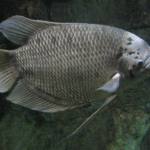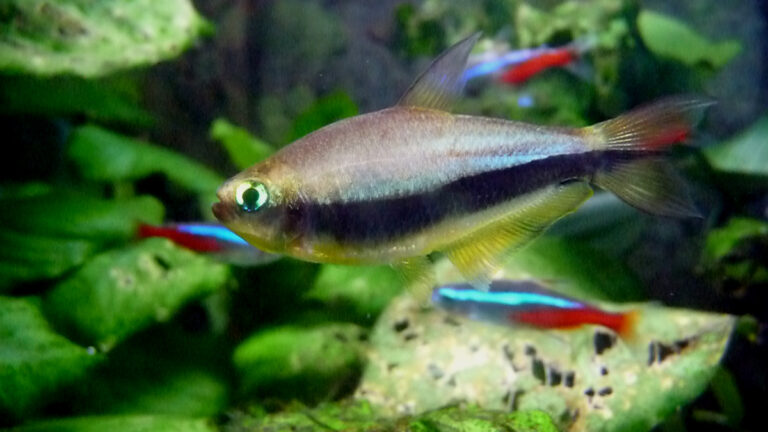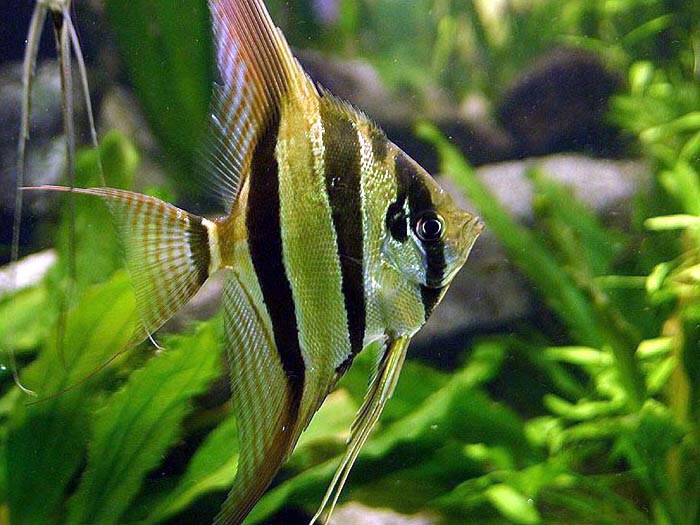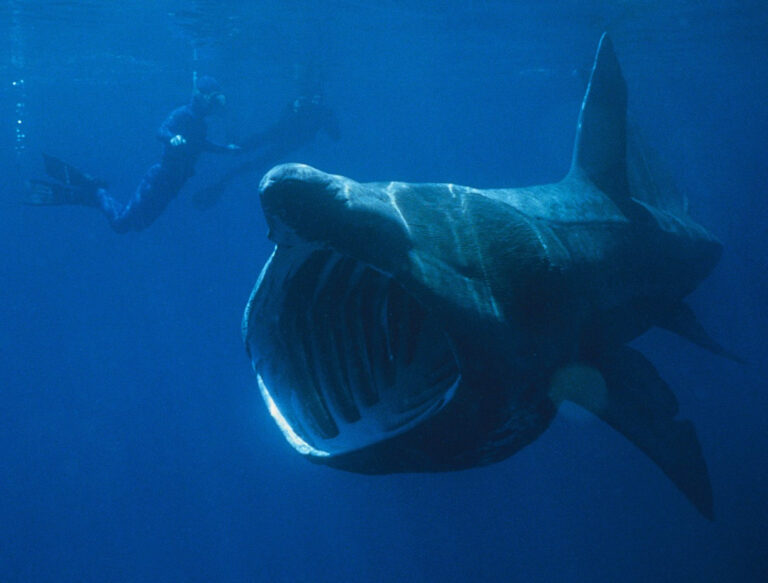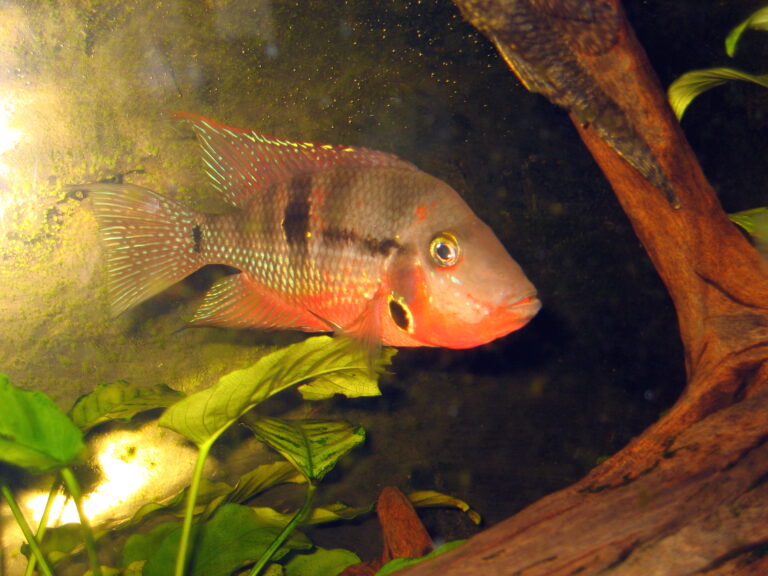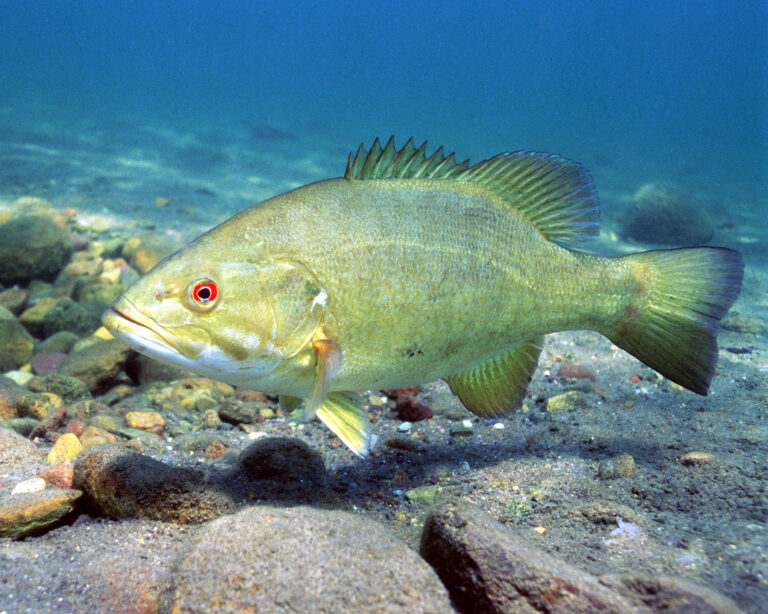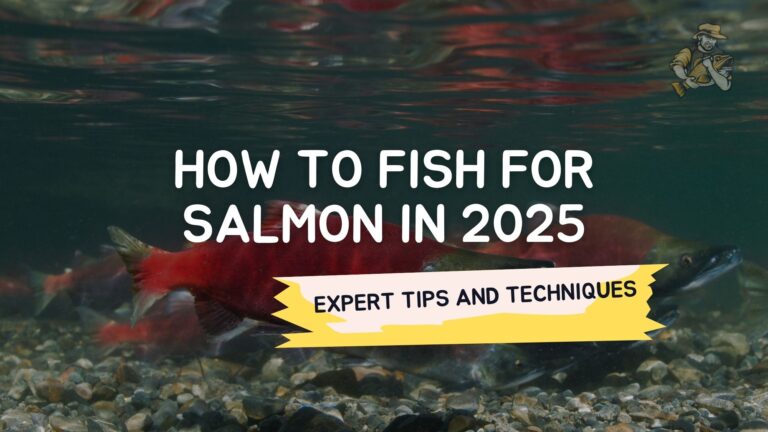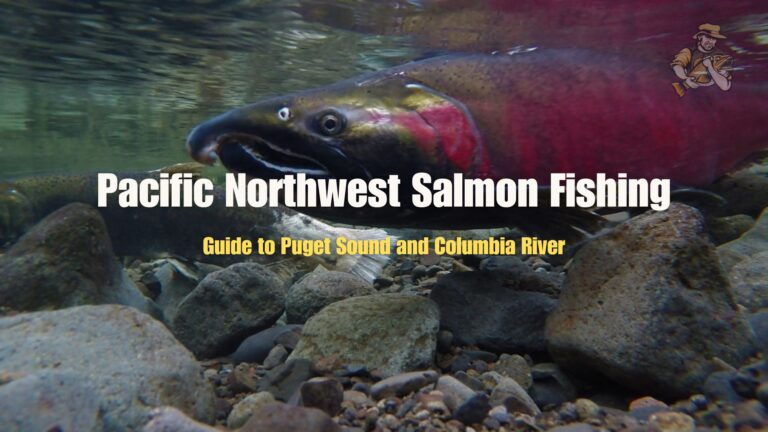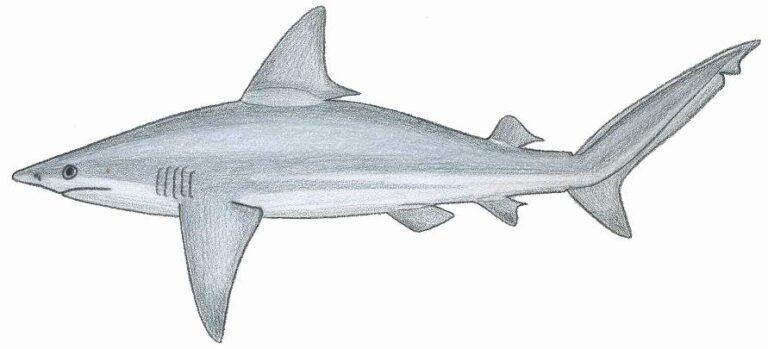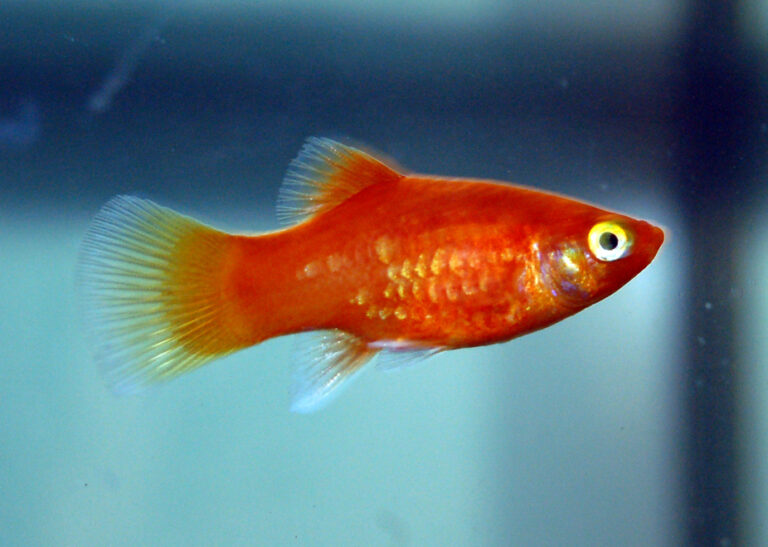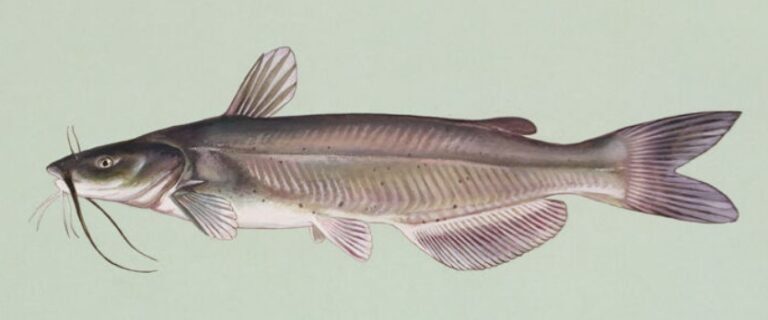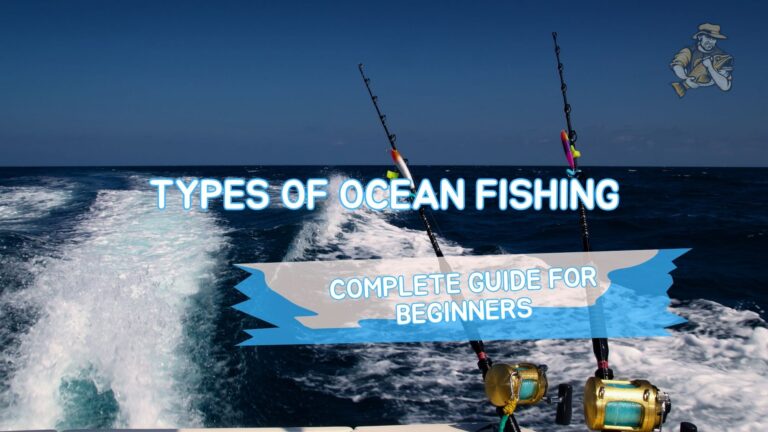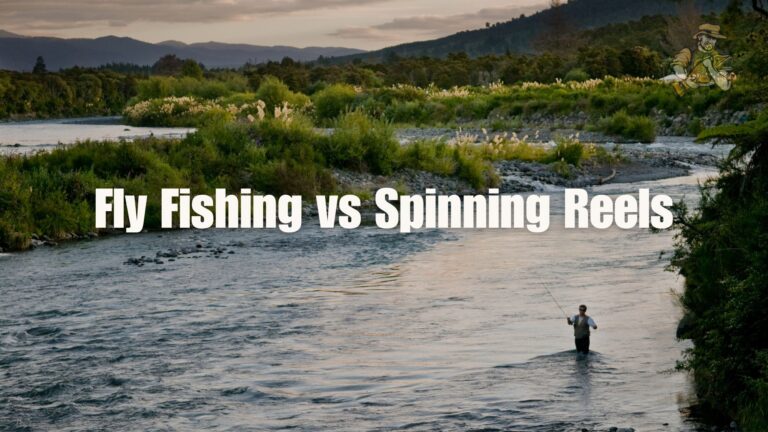Hammerhead Shark
By Ryan Maron | Last Modified: July 8, 2025
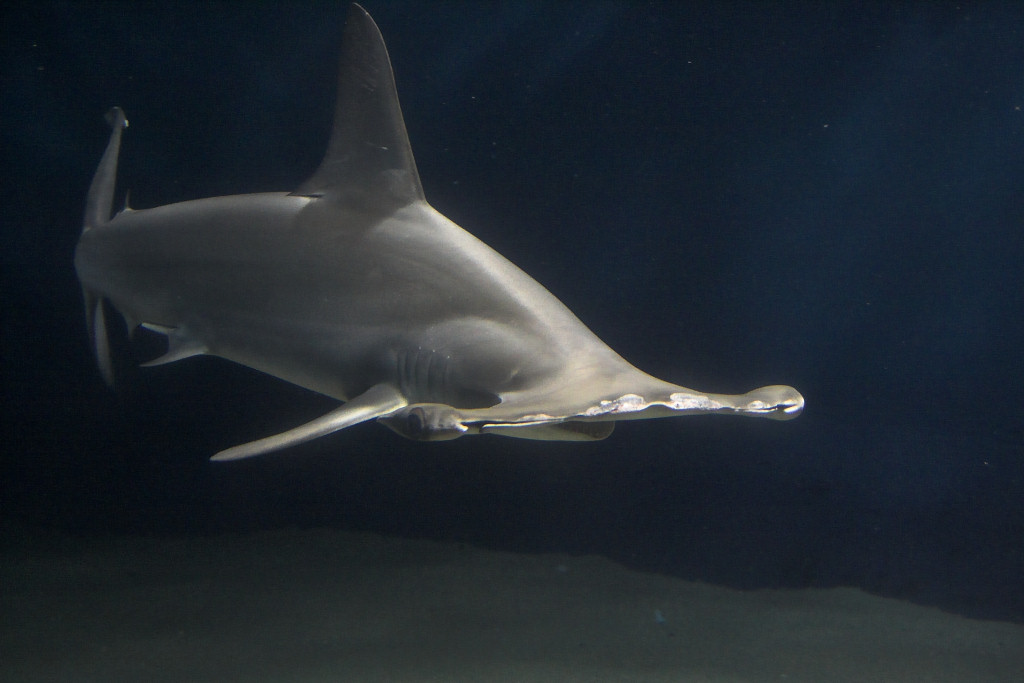
The Hammerhead Shark represents one of the most distinctive and fascinating apex predators in marine ecosystems worldwide. These remarkable cartilaginous fish, scientifically classified under the family Sphyrnidae, are instantly recognizable by their flattened, laterally extended head structure called a cephalofoil. This unique anatomical adaptation has evolved to provide enhanced sensory capabilities and hydrodynamic advantages that make hammerheads exceptionally efficient hunters in their marine environments.
The family Sphyrnidae encompasses nine recognized species, ranging from the massive Great Hammerhead (Sphyrna mokarran) to the smaller Bonnethead Shark (Sphyrna tiburo). These apex predators play crucial ecological roles as top-level consumers, helping regulate populations of rays, smaller sharks, and bony fish throughout tropical and temperate waters. Their presence indicates healthy marine ecosystems, while their decline serves as a warning sign of environmental degradation and overfishing pressures.
| Feature | Details |
| Common Name | Hammerhead Shark |
| Scientific Name | Sphyrna spp. |
| Family | Sphyrnidae |
| Typical Size | 90-610 cm (3-20 ft), 7-450 kg |
| Habitat | Tropical and temperate coastal waters |
| Diet | Carnivorous – rays, fish, squid, crustaceans |
| Distribution | Global tropical and warm temperate waters |
| Conservation Status | Varies by species – Vulnerable to Critically Endangered |
Taxonomy & Classification
The Hammerhead Shark belongs to the order Carcharhiniformes, which includes ground sharks and represents the largest order of modern sharks. Within this order, the family Sphyrnidae stands apart due to its unique cephalofoil structure. The genus Sphyrna contains all true hammerhead species, while the closely related genus Eusphyra includes the Winghead Shark, distinguished by its exceptionally wide head extension.
Taxonomic classification reveals the evolutionary relationships within Sphyrnidae. The Great Hammerhead (Sphyrna mokarran) serves as the largest representative, while the Scalloped Hammerhead (Sphyrna lewini) demonstrates the most complex social behaviors. The Smooth Hammerhead (Sphyrna zygaena) occupies temperate waters, contrasting with the tropical preferences of most congeners. Recent molecular studies have refined understanding of species boundaries, particularly within the Sphyrna lewini complex.
Fossil evidence suggests hammerheads evolved during the Miocene epoch, approximately 20 million years ago. The cephalofoil structure appears to have developed gradually, with intermediate forms showing progressively wider head extensions. This evolutionary pathway indicates strong selective pressure favoring enhanced sensory capabilities and improved maneuverability in marine environments.
Physical Description
The Hammerhead Shark’s most distinctive feature remains its flattened, laterally extended head structure called a cephalofoil. This remarkable adaptation varies significantly among species, from the narrow head of the Bonnethead to the massive, broad extension of the Great Hammerhead. The cephalofoil houses numerous sensory organs, including enlarged nares for enhanced olfactory detection and electroreceptors called ampullae of Lorenzini distributed across the head’s ventral surface.
Body coloration typically ranges from gray to brown dorsally, with lighter ventral surfaces providing countershading camouflage. The Great Hammerhead exhibits a more bronze coloration, while Scalloped Hammerheads display darker gray tones with distinctive scalloped anterior margins on their cephalofoils. Most species possess relatively small eyes positioned at the cephalofoil’s lateral edges, providing exceptional binocular vision and depth perception.
Dorsal fin configuration varies among species, with the Great Hammerhead featuring a distinctively tall, falcate first dorsal fin. The heterocercal tail provides powerful propulsion, while pectoral fins offer precise maneuvering capabilities. Size ranges dramatically within the family, from the 90-centimeter Bonnethead to the 6-meter Great Hammerhead, representing one of the largest predatory fish species.
Habitat & Distribution
Hammerhead Sharks demonstrate remarkable global distribution patterns, inhabiting tropical and warm temperate waters across all major ocean basins. These pelagic and semi-pelagic species utilize diverse marine habitats, from shallow coastal waters to deep oceanic environments. The Scalloped Hammerhead exhibits the most extensive range, occurring in waters from the surface to depths exceeding 275 meters.
Coastal environments serve as critical nursery areas for juvenile hammerheads, particularly shallow bays and estuaries where prey density remains high and predation pressure decreases. Adult hammerheads frequently venture into deeper waters, with some species undertaking extensive migrations between feeding and breeding grounds. The Great Hammerhead demonstrates remarkable site fidelity to specific seamounts and offshore islands.
Temperature preferences vary among species, with the Smooth Hammerhead tolerating cooler waters than tropical congeners. Seasonal migrations often follow temperature gradients and prey availability, with some populations traveling thousands of kilometers. Continental shelf edges and seamounts serve as important aggregation sites, particularly for Scalloped Hammerheads forming massive schools during daylight hours.
The distribution patterns of hammerheads overlap significantly with areas of high human activity, including commercial fishing zones and coastal development. This overlap contributes to population declines through bycatch, targeted fishing pressure, and habitat degradation. Similar to the habitat requirements of the Blue Shark, hammerheads require vast oceanic ranges to complete their life cycles successfully.
Diet & Feeding Behavior
Hammerhead Sharks exhibit diverse feeding strategies adapted to their unique head morphology and sensory capabilities. The cephalofoil structure enhances their ability to detect and capture prey through improved electroreception and maneuverability. Stingrays represent primary prey for most hammerhead species, with the flattened head structure proving particularly effective for pinning rays against the seafloor.
Great Hammerheads demonstrate remarkable feeding specialization, targeting large stingrays, guitarfish, and other elasmobranchs. Their massive size and powerful jaws enable them to consume prey approaching one-third of their body length. Scalloped Hammerheads exhibit more diverse feeding habits, consuming schooling fish, squid, and smaller sharks. Juvenile hammerheads typically feed on smaller prey items, including crustaceans and small bony fish.
The enhanced sensory capabilities provided by the cephalofoil structure allow hammerheads to detect buried prey with exceptional accuracy. Electroreceptors distributed across the head’s ventral surface can detect the bioelectric fields generated by prey organisms, even when completely concealed in sediment. This adaptation proves particularly valuable when hunting bottom-dwelling rays and fish.
Feeding behavior varies significantly between species and age classes. Some hammerheads exhibit crepuscular feeding patterns, becoming more active during dawn and dusk periods when prey density increases. Others demonstrate continuous foraging behavior, particularly in areas with high prey availability. The social nature of some species, particularly Scalloped Hammerheads, may facilitate cooperative feeding strategies.
Behavior & Adaptations
Hammerhead Sharks display complex behavioral patterns that distinguish them from other shark species. The Scalloped Hammerhead demonstrates remarkable schooling behavior, forming massive aggregations during daylight hours around seamounts and offshore islands. These schools can contain hundreds of individuals, creating some of the most spectacular marine wildlife displays on Earth.
The unique cephalofoil structure provides several adaptive advantages beyond enhanced sensory capabilities. The flattened head improves hydrodynamic efficiency, allowing hammerheads to achieve exceptional maneuverability while swimming. This adaptation proves particularly valuable during prey capture, enabling tight turns and precise positioning that would be impossible with conventional head shapes.
Hammerheads exhibit sophisticated navigation abilities, utilizing a combination of magnetic field detection, celestial navigation, and geographic landmarks. Some species demonstrate remarkable site fidelity, returning to specific locations across vast oceanic distances. The enlarged brain size relative to body mass suggests advanced cognitive capabilities compared to other shark species.
Thermoregulation represents another important behavioral adaptation, with some hammerheads capable of elevating their body temperature above ambient water temperature through specialized blood vessel arrangements. This physiological adaptation enhances swimming performance and extends their functional depth range into cooler waters.
Social hierarchies within hammerhead schools appear to be based on size and sex, with larger females typically occupying prime positions within the aggregation. These social structures may facilitate mating opportunities and provide protection from predators for smaller individuals.
Reproduction & Life Cycle
Hammerhead Sharks demonstrate complex reproductive strategies characterized by internal fertilization and viviparity. Most species reach sexual maturity between 5-15 years of age, with females generally maturing later than males. The reproductive cycle varies among species, with some breeding annually while others follow biennial patterns.
Mating behavior in hammerheads involves elaborate courtship rituals, particularly in schooling species like the Scalloped Hammerhead. Males pursue females within aggregations, often engaging in competitive behaviors to secure mating opportunities. The unique head structure may play a role in species recognition and mate selection.
Gestation periods range from 9-12 months depending on species, with litter sizes varying dramatically from 6-42 pups. The Great Hammerhead produces some of the largest litters among shark species, while smaller species like the Bonnethead typically produce fewer offspring. Embryonic development follows a viviparous pattern, with developing embryos receiving nutrients through a placental connection.
Nursery areas play crucial roles in hammerhead life cycles, providing protection and abundant food sources for juvenile sharks. Shallow coastal waters, estuaries, and bays serve as primary nursery habitats where young hammerheads develop their hunting skills and grow to sizes that reduce predation risk.
The extended developmental period and late age at maturity make hammerhead populations particularly vulnerable to overexploitation. Low reproductive rates combined with high juvenile mortality create narrow windows for population recovery following declines.
Predators & Threats
Adult Hammerhead Sharks face relatively few natural predators due to their size and apex predator status. Large sharks, including Tiger Sharks and Bull Sharks, occasionally prey on smaller hammerhead species or juveniles. Killer whales represent the primary natural predator of adult hammerheads, with documented cases of orca pods targeting even large Great Hammerheads.
Juvenile hammerheads face significantly higher predation pressure from a diverse array of marine predators. Large bony fish, sharks, and marine mammals regularly consume young hammerheads in nursery areas. The extended time spent in shallow coastal waters increases exposure to both aquatic and terrestrial predators.
Human activities represent the most significant threat to hammerhead populations worldwide. Commercial fishing operations target hammerheads for their valuable fins, which command high prices in Asian markets for shark fin soup. Bycatch in longline and gillnet fisheries accounts for substantial hammerhead mortality, particularly in tropical and subtropical waters.
Habitat degradation poses increasing threats to hammerhead populations, particularly in coastal nursery areas. Coastal development, pollution, and climate change impacts affect the shallow water habitats crucial for juvenile survival. Ocean acidification and warming temperatures may alter prey distributions and reduce habitat suitability.
The illegal shark finning trade continues to devastate hammerhead populations despite international protection efforts. The practice involves removing valuable fins and discarding the remaining carcass, representing an extremely wasteful and unsustainable fishing practice.
Conservation Status
The conservation status of Hammerhead Sharks varies significantly among species, with most facing population declines due to overfishing and habitat degradation. The Great Hammerhead has been classified as Critically Endangered by the International Union for Conservation of Nature (IUCN), representing the highest risk category before extinction. The Scalloped Hammerhead and Smooth Hammerhead are both listed as Vulnerable, indicating substantial population declines.
According to NOAA Fisheries, hammerhead populations have declined by 80-90% in some regions over the past few decades. The slow growth rates, late maturity, and low reproductive output characteristic of hammerheads make population recovery extremely challenging once declines occur. These biological characteristics classify hammerheads as particularly vulnerable to overexploitation.
International conservation efforts have increased significantly in recent years, with hammerheads receiving protection under the Convention on International Trade in Endangered Species (CITES). Appendix II listings require permits for international trade in hammerhead products, helping regulate the lucrative shark fin trade. However, enforcement remains challenging in many regions.
Marine protected areas and shark sanctuaries provide important refuges for hammerhead populations, particularly in critical habitats like nursery areas and aggregation sites. Countries including Palau, Maldives, and Costa Rica have established comprehensive shark protection measures that benefit hammerhead conservation.
The establishment of fishing quotas and seasonal closures in some regions has shown promise for hammerhead conservation, though many populations remain below sustainable levels. Collaborative international management approaches are essential given the highly migratory nature of most hammerhead species.
Human Interaction
Hammerhead Sharks have maintained complex relationships with human societies throughout history. Many Pacific Island cultures revered hammerheads as sacred animals, incorporating them into traditional beliefs and practices. Hawaiian culture particularly honors hammerheads as family guardians or ‘aumakua, believing they provide protection and guidance to certain families.
Commercial fishing operations have historically targeted hammerheads for their meat, fins, and oil. The shark fin trade has driven intensive fishing pressure on hammerhead populations, with fins commanding premium prices in Asian markets. Modern fishing techniques, including longlines and gillnets, have dramatically increased hammerhead mortality rates.
Recreational fishing for hammerheads occurs in many regions, though catch-and-release practices have become increasingly common as conservation awareness grows. Sport fishing tournaments often feature hammerhead categories, though many now emphasize conservation-oriented approaches. The challenging nature of hammerhead fishing appeals to experienced anglers seeking apex predator encounters.
Ecotourism centered around hammerhead viewing has emerged as an important economic alternative to extractive uses. Dive operations in locations like the Galapagos Islands, Cocos Island, and Red Sea generate substantial revenue through hammerhead shark diving experiences. These activities provide direct economic incentives for hammerhead conservation.
Research interactions with hammerheads have revealed remarkable insights into shark behavior, migration patterns, and ecological roles. Satellite tagging studies have documented incredible migration distances and identified critical habitats requiring protection. These research efforts continue to inform conservation strategies and management decisions.
Educational programs highlighting hammerhead conservation have helped reduce fear and increase public support for protection measures. Unlike sensationalized portrayals in popular media, scientific education emphasizes the ecological importance and conservation needs of these remarkable predators.
Interesting Facts
Hammerhead Sharks possess several extraordinary characteristics that distinguish them from other marine predators. The cephalofoil structure contains up to 3,000 electroreceptors, providing sensitivity to electrical fields as weak as 5 billionths of a volt. This incredible sensory ability allows hammerheads to detect prey buried completely in sand from several feet away.
The Great Hammerhead holds the distinction of being the largest species in the family Sphyrnidae, with the largest recorded individual measuring over 20 feet in length. Despite their massive size, hammerheads can achieve remarkable swimming speeds, with some species capable of burst speeds exceeding 25 miles per hour when pursuing prey or avoiding threats.
Hammerheads demonstrate unique thermoregulatory capabilities, with some species able to maintain body temperatures 5-10 degrees above ambient water temperature. This physiological adaptation allows them to hunt in deeper, cooler waters while maintaining optimal muscle function and reaction times.
The schooling behavior of Scalloped Hammerheads represents one of the most spectacular wildlife phenomena in the ocean. These aggregations can contain over 500 individuals during peak seasons, creating walls of sharks that extend for hundreds of meters. The purpose of these aggregations remains partially mysterious, though mating and social hierarchy establishment appear to be primary functions.
Hammerheads possess remarkable navigation abilities, with tagged individuals demonstrating the ability to return to specific locations across thousands of miles of open ocean. Some researchers believe hammerheads may use the Earth’s magnetic field for navigation, similar to sea turtles and other migratory marine species.
The unique head shape of hammerheads provides 360-degree vision, allowing them to see above, below, and behind simultaneously. This exceptional visual capability, combined with their electroreceptive abilities, makes hammerheads among the most efficient predators in marine environments.
Frequently Asked Questions
Are Hammerhead Sharks dangerous to humans?
Hammerhead Sharks are generally not considered dangerous to humans, with very few recorded attacks. Most hammerhead species are naturally wary of humans and typically avoid contact. The rare incidents that do occur usually involve mistaken identity or defensive behavior when sharks feel threatened. Divers and swimmers can safely observe hammerheads by maintaining respectful distances and avoiding sudden movements.
How do Hammerhead Sharks use their unique head shape?
The distinctive cephalofoil structure serves multiple functions including enhanced sensory capabilities, improved maneuverability, and increased hydrodynamic efficiency. The flattened head houses thousands of electroreceptors that detect prey bioelectric fields, while the wide-set eyes provide exceptional binocular vision and depth perception. The head shape also functions as a hydrodynamic wing, improving swimming efficiency and allowing for tight turns during prey capture.
What is the lifespan of a Hammerhead Shark?
Hammerhead Sharks have relatively long lifespans, with most species living 20-30 years in the wild. The Great Hammerhead may live up to 44 years, while smaller species like the Bonnethead typically live 12-15 years. Age determination in sharks relies on counting growth rings in vertebrae, similar to aging trees. The extended lifespan, combined with late sexual maturity, contributes to their vulnerability to overexploitation.
Where can I see Hammerhead Sharks in the wild?
Hammerhead Sharks can be observed in various locations worldwide, with some sites offering exceptional viewing opportunities. The Galapagos Islands, Cocos Island, and Red Sea provide reliable hammerhead encounters for divers. Scalloped Hammerheads aggregate at specific seamounts and islands, making these locations ideal for wildlife viewing. Many dive operators offer specialized hammerhead trips, though encounters depend on seasonal patterns and environmental conditions.
Conclusion
Hammerhead Sharks represent extraordinary examples of evolutionary adaptation and ecological specialization in marine environments. Their unique morphology, complex behaviors, and crucial ecological roles highlight the importance of conserving these remarkable apex predators. Despite facing significant threats from overfishing and habitat degradation, targeted conservation efforts and international cooperation offer hope for hammerhead population recovery. The continued study and protection of these species remains essential for maintaining healthy ocean ecosystems and preserving one of nature’s most distinctive predators for future generations.
Share The Article:
More Fish Species:
-
Emperor Tetra
The Emperor Tetra (*Nematobrycon palmeri*) stands as one of the most distinctive and sought-after freshwater fish species in the…
-
Angelfish
Angelfish represent one of the most recognizable and ecologically significant families of marine fish, encompassing over 85 species distributed…
-
Basking Shark
The Basking Shark stands as one of the ocean’s most magnificent gentle giants, representing the second-largest fish species on…
-
Congo Tetra
The Congo Tetra stands as one of Africa’s most remarkable freshwater fish species, captivating aquarists and ichthyologists alike with…
-
Firemouth Cichlid
The Firemouth Cichlid (*Thorichthys meeki*) stands as one of Central America’s most recognizable freshwater fish species, distinguished by its…
-
Smallmouth Bass
The Smallmouth Bass represents one of North America’s most prized freshwater game fish, combining impressive fighting ability with remarkable…
Discover
-
How to Fish for Salmon in 2025: Expert Tips and Techniques
Few fishing experiences match the thrill of feeling a salmon take your line. These powerful fish have captivated anglers…
-
Pacific Northwest Salmon Fishing: Guide to Puget Sound and Columbia River
There’s something almost magical about the way Pacific Northwest salmon fight on the end of your line. I still…
-
Best Fishing Spots in California: Lakes, Rivers, and Coastal Hotspots
California fishing has always struck me as a study in beautiful contradictions. From snow-fed alpine lakes to sweltering desert…
-
Spinner Shark
The Spinner Shark (Carcharhinus brevipinna) stands as one of the ocean’s most distinctive and acrobatic predators, earning its name…
-
7 Unusual Ways to Catch Trout in Lakes (That Most Anglers Miss)
Chasing trout in lakes can be maddeningly difficult. Trust me, I’ve spent countless mornings staring at a dead rod…
-
Sandbar Shark
The Sandbar Shark (Carcharhinus plumbeus) stands as one of the most recognizable and ecologically significant members of the requiem…
Discover
-
Coral Platy
The Coral Platy (Xiphophorus maculatus) represents one of the most recognizable and beloved freshwater aquarium fish in the world….
-
Severum Cichlid
The Severum Cichlid represents one of South America’s most recognizable and ecologically significant freshwater fish species. Known scientifically as…
-
Serpae Tetra
The Serpae Tetra (Hyphessobrycon eques) stands as one of South America’s most recognizable freshwater aquarium species, distinguished by its…
-
Channel Catfish
The Channel Catfish stands as one of North America’s most recognizable and economically important freshwater fish species. Known scientifically…
-
Types of Ocean Fishing: Complete Guide for Beginners
There’s something magical about standing at the edge of the vast ocean with a fishing rod in hand. I’ve…
-
Fly Fishing vs Spinning Reels: Choosing the Right Technique
If there’s one debate that never seems to end in fishing circles, it’s fly fishing versus spinning gear. I’ve…

